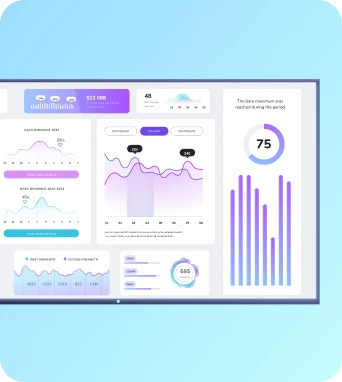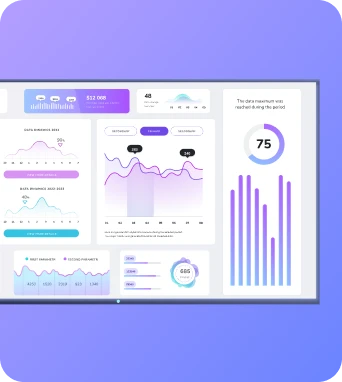Digital Signage Wiki/Content tagging
3 min read
Apr 24, 2025
Content tagging
Content tagging in digital signage refers to the process of assigning metadata to digital content, enabling efficient organization, retrieval, and targeted display.
What is Content tagging?
Content tagging is a crucial component in the realm of digital signage, allowing for the systematic organization and retrieval of digital content. By assigning specific tags or metadata to content, businesses can ensure that the right messages are displayed to the right audience at the right time. This process not only enhances the efficiency of content management but also improves the overall effectiveness of digital signage campaigns by enabling more personalized and targeted communication.
The Role of Metadata in Content Tagging
Metadata plays a pivotal role in the process of content tagging within digital signage systems. It serves as the backbone for organizing and categorizing content, making it easier to manage large volumes of digital assets. Metadata can include various attributes such as keywords, descriptions, author information, and publication dates. By utilizing metadata, digital signage platforms can automate the sorting and retrieval of content, ensuring that specific messages are displayed based on predefined criteria such as location, time of day, or audience demographics. This level of precision in content delivery is essential for businesses aiming to maximize the impact of their digital signage efforts. Moreover, metadata facilitates the integration of content with other digital systems, allowing for seamless updates and synchronization across multiple platforms. This capability is particularly beneficial for organizations with extensive networks of digital displays, as it ensures consistency and relevance in the messaging presented to diverse audiences.
Implementing Content Tagging in Digital Signage Systems
The implementation of content tagging in digital signage systems involves several key steps that ensure its effectiveness and efficiency. Initially, businesses must establish a comprehensive tagging strategy that aligns with their communication goals and audience segmentation. This strategy should define the types of tags to be used, such as location-based tags, demographic tags, or campaign-specific tags. Once the strategy is in place, the next step is to integrate a content management system (CMS) that supports tagging functionalities. A robust CMS allows for the easy assignment and modification of tags, enabling dynamic content updates and real-time adjustments. Additionally, training staff on the importance and usage of content tagging is crucial to maintain consistency and accuracy in the tagging process. By leveraging advanced analytics, businesses can monitor the performance of tagged content, gaining insights into audience engagement and content effectiveness. This data-driven approach allows for continuous optimization of content strategies, ensuring that digital signage remains a powerful tool for communication and marketing.
Final Thoughts on Content Tagging
Content tagging is an indispensable tool for enhancing the efficiency and effectiveness of digital signage. By enabling precise content organization and targeted delivery, it empowers businesses to communicate more effectively with their audiences. To explore the full potential of content tagging and how it can transform your digital signage strategy, learn more about Content tagging – schedule a demo at https://calendly.com/fugo/fugo-digital-signage-software-demo or visit https://www.fugo.ai/.
Keep the learning going...
Content playlist generators
Content playlist generators are tools used in digital signage to automate the creation and management of content sequences, ensuring dynamic and targeted display of multimedia content.
4 min read
Apr 24, 2025
Content synchronization
Content synchronization ensures digital signage displays show the same content simultaneously by coordinating updates across multiple devices, enhancing consistency.
2 min read
Apr 24, 2025
Content-based facial recognition
Content-based facial recognition refers to the technology that identifies and analyzes human faces in digital signage systems to deliver personalized content based on the detected facial features and expressions.
3 min read
Apr 24, 2025



